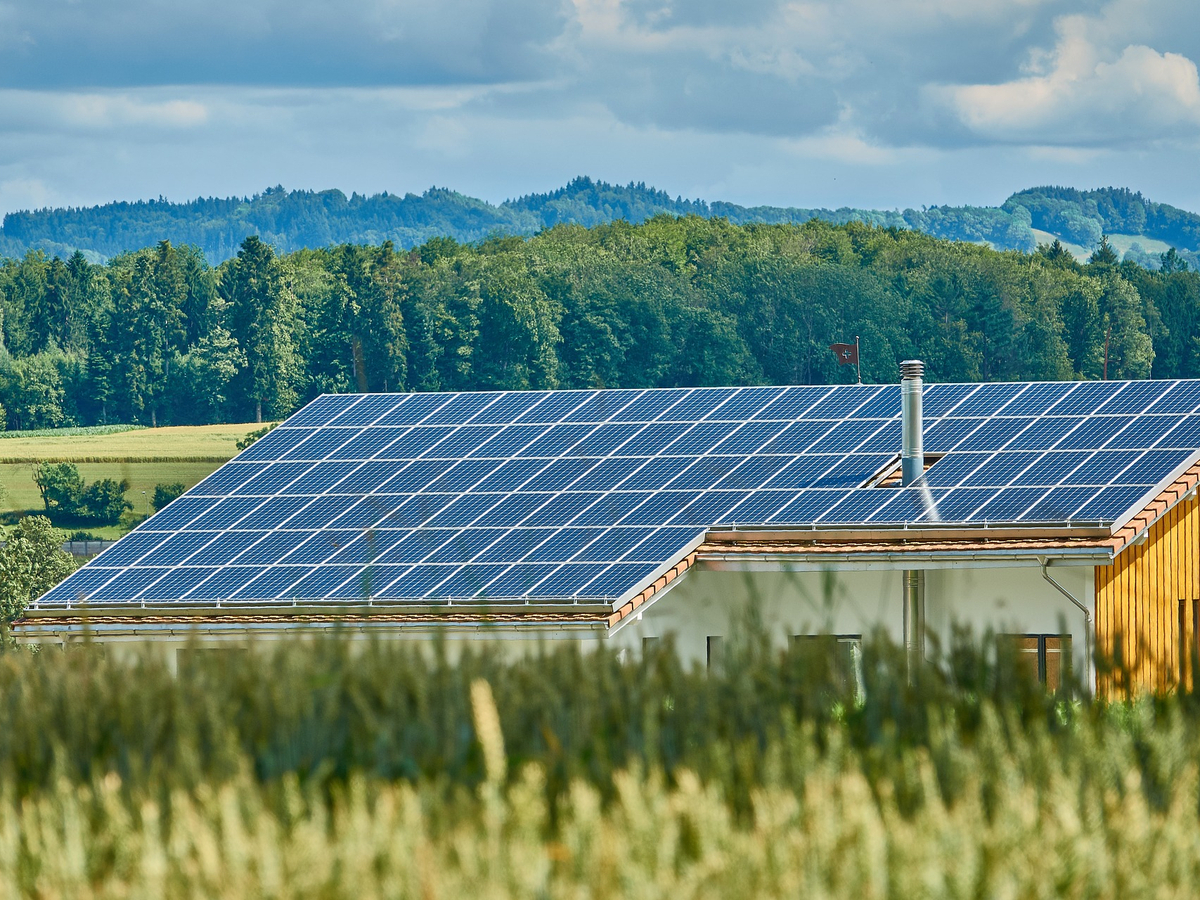Diffusion analysis for battery technology
Today, homeowners cannot only produce their own solar electricity; they can also connect their photovoltaic installations to special battery systems. The widespread use of these battery-based PV systems in private households could allow for local energy systems which run, in part or completely, autonomously – with considerable impacts on the future German energy infrastructure. Assuming, of course, that the diffusion of the technology does indeed take place to the desired extent. Whether this is the case is determined by a sociotechnical context which is in turn influenced by the technology itself.
These interdependencies between innovation processes and their societal framework conditions are the subject of the ITAS contribution to the Energy Systems Integration project (ESI). In this context, scientists analyze the motivation of early adopter households to invest in battery storages at first with qualitative methods common in social research (surveys and focus groups). The second approach uses the results of the diffusion analysis for the development of context scenarios based on a cross-impact balance analysis (CIB). The findings are used as the basis for options for action indicating successful innovation in the field of battery-based PV systems.
The ESI project is part of the Helmholtz Association’s program-oriented funding. A total of seven Helmholtz Centres participate in this project, the Karlsruhe Institute of Technology, represented by ITAS, is one of them. (18.01.2018)
Further links
- Detailed project information at the ITAS website


